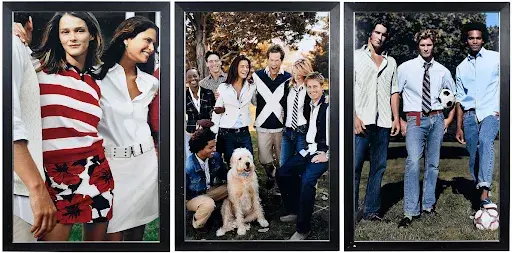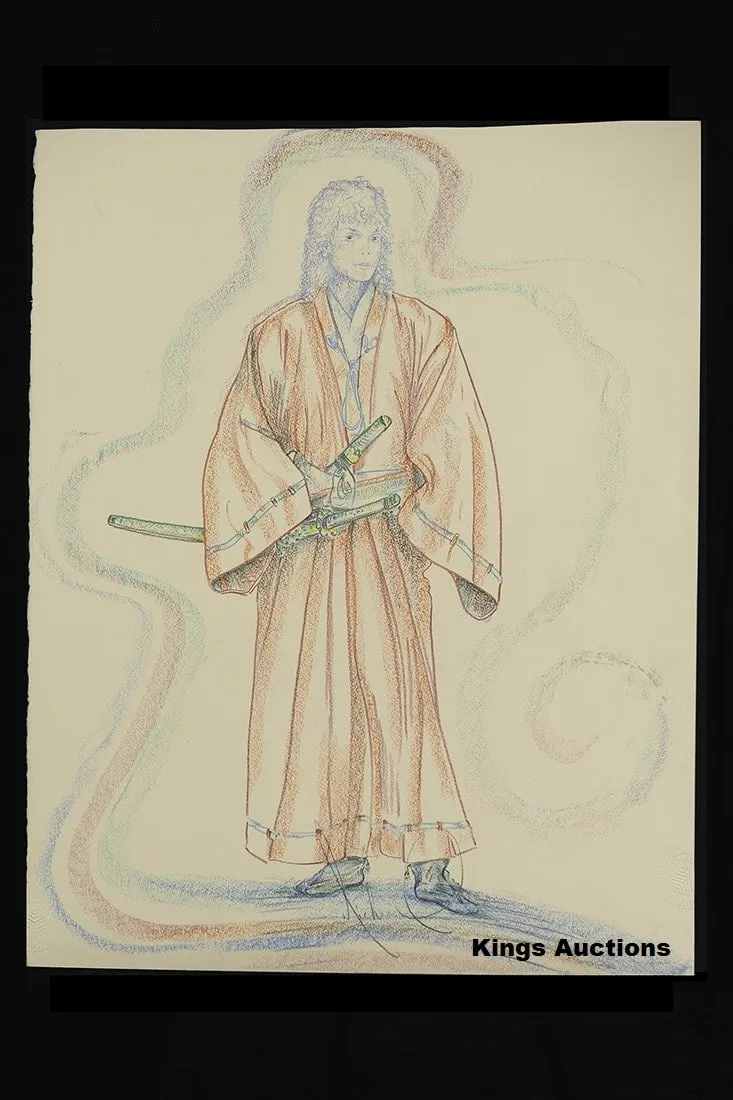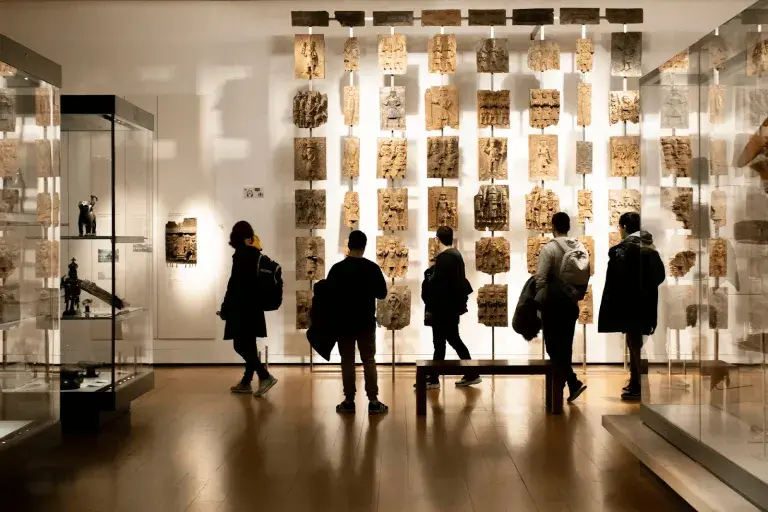Lot-Art CEO Francesco Gibbi Discusses Art as a Financial Investment
“Art investment is a synergy between passion and finance,” says Mr. Gibbi

Much of Auction Daily’s coverage focuses on the aesthetic value and historical significance of pieces coming to auction. Francesco Gibbi, founder and CEO of Lot Art- The Art Investment Platform, considers another angle: art as a financial investment.
Auction Daily recently spoke with Mr. Gibbi about art as a means to diversify one’s financial portfolio. Readers should always consult with a wealth manager or investment advisor before making such purchasing decisions. However, our editors hope that sharing Mr. Gibbi’s experiences serves as a helpful introduction to the topic.
Mr. Gibbi splits his time between Amsterdam and Milan. He began considering the viability of art as a financial investment after the financial crisis of 2007-2008. At the time, he was investing in the stock exchange and realized he could only “guess the right things to do,” he tells Auction Daily. That’s when he shifted some of his wealth into art-related assets, especially a category he knew well: Neoclassical etchings.
Why invest in art?
Mr. Gibbi believes the benefits of art as a financial investment include diversifying one’s portfolio. “I think diversification is always good to reduce the risk and the volatility,” says Mr. Gibbi. He also contends that works of art are better positioned than other assets to maintain their value or to quickly regain it in the face of macroeconomic factors, such as inflation and forex volatility.

Which category is best for art investment?
While Mr. Gibbi chose to focus on Neoclassical etchings and Old Masters, he believes any art category can be viable. The most important factor, according to Mr. Gibbi, is that investors know the area well and are dedicated to learning more about it. “When you’re able to leverage your expertise, that’s where you make the best deals,” he says.
For those seeking direction, though, Mr. Gibbi recommends works by Old Masters for less volatility. “Old Masters are like bonds for the financial market,” says Gibbi. “They might yield less, but they’re more stable.” He believes one of the main factors that can change the value of a piece by an Old Master, both in the investor’s favor and against it, is its misattribution by the selling auction house.

Meanwhile, Mr. Gibbi recommends that investors interested in contemporary art sell those pieces within a few years, marking a five-year turnaround time as a good rule of thumb. He notes that as time passes, it becomes harder to account for the market’s changing tastes. Therefore, a window of five years gives investors time to find the right home for a piece while also being relatively confident that aesthetic tastes have not changed radically enough to affect the value.
How does thinking of art as a financial investment change buying habits?
While speaking with Mr. Gibbi, Auction Daily was particularly interested in the differences between collectors buying for aesthetic reasons and investors adding a work to their financial portfolio. He argues that there may be more similarities than differences between the two groups. “Art investment is a synergy between passion and finance,” he tells Auction Daily. Mr. Gibbi also believes that auction houses, galleries, and artists all benefit by expanding the appeal of art collecting to investors.
In 2017, Francesco Gibbi founded Lot-Art.com as an art investment platform. The website works to balance collecting for both aesthetic and financial purposes. It also uses its own market analytics to determine which pieces will be a best fit in terms of expected liquidity for an investor interested in diversifying in fine art or luxury collectibles. Interested readers can learn more here.

UPDATE MARCH, 2021: Like most industries, auction houses have gone through a period of rapid change during the COVID-19 pandemic. This will have implications for those looking to buy art as a financial investment. Preliminary auction house results for 2020 show that the move online has attracted more Millennial bidders. Meanwhile, the number of collectors bidding across the Asian continent continues to rise. These emerging demographics will change the demand for certain artists, movements, and categories.
Last year, major auction houses like Sotheby’s and Christie’s also made up for lost earnings by increasing their private sales. This is good news for the auction houses. However, for those investing in art, the lack of transparency inherent in private sales makes it harder to understand current market values.
In March of 2021, the rise of Beeple and NFTs also sent shockwaves through the market. NFTs raise many questions for the industry regarding what art is and how to define art ownership. Investors will have to decide whether or not NFTs have a place in their portfolio. They’ll also need to determine whether or not this trend impacts their current holdings.










